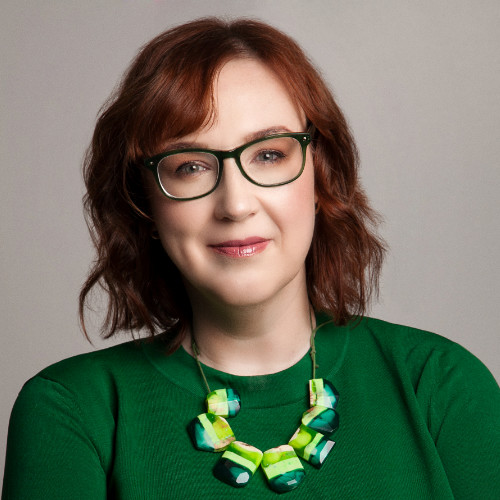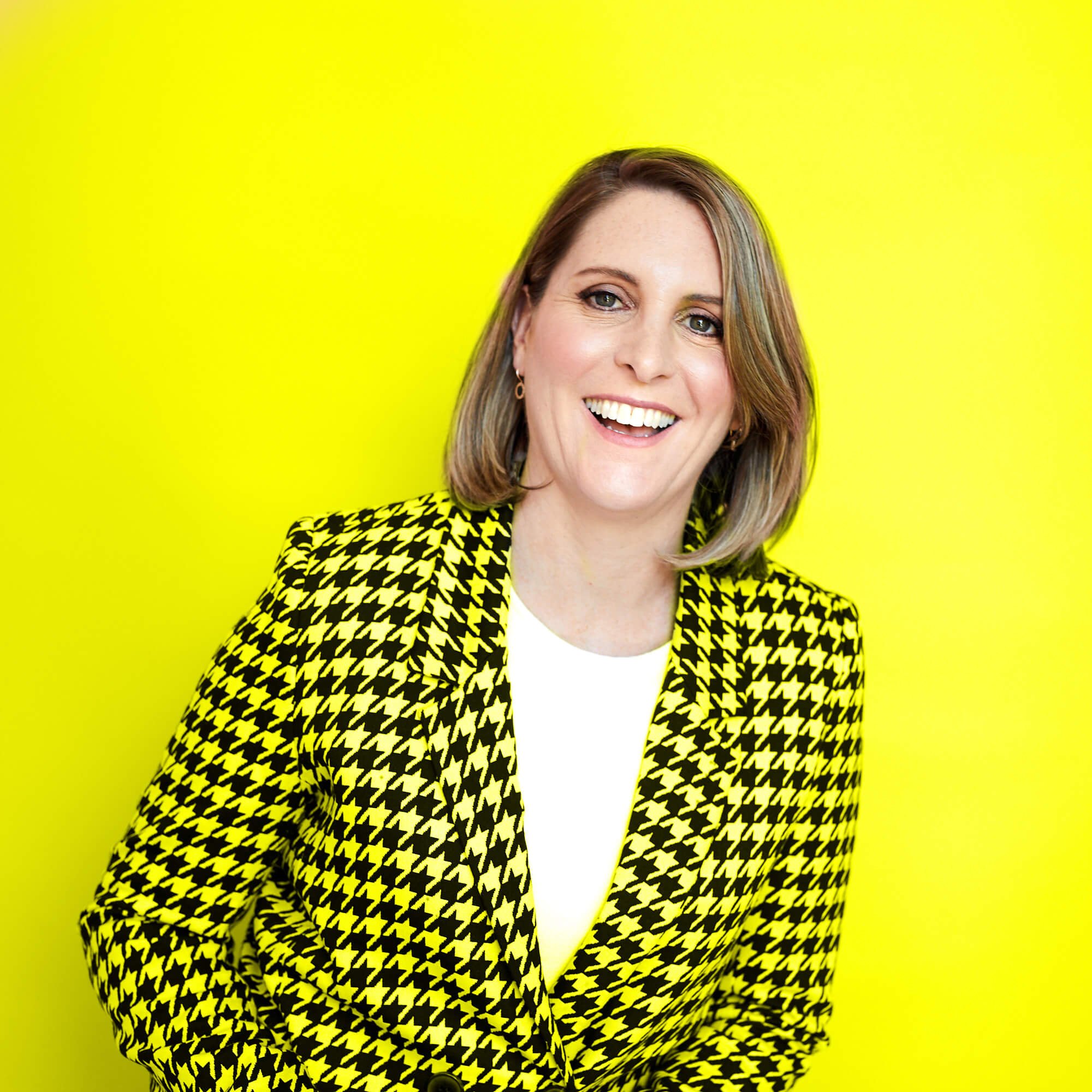I mostly work with women in digital — shaping their careers and roles – whether it is leveraging their skills in their organisation to elevate them to the next role, or positioning themselves for the next stage in their career.
Positioning is hard for women to do. People think that talking about our work and experience is bragging, for example: “We get that you know your stuff, you don’t have to tell us.”
We’ve been told that being confident will help us get the role and promotion. But a study by Leonora Risse from RMIT University, found being confident only works for men; it doesn’t work for women or men showing their emotional side.[1]
The actual way to get promoted is by demonstrating competency and capability.
That doesn't mean putting our heads down and expecting that stakeholders will notice, but rather positioning ourselves in the way we want to be seen. This is not fake it until you make it. It is taking all the work we’ve done, splitting it apart, recombining and shining a light on our achievements and experience to reflect who we are and where we want to be.
As a Gen Xer I fell into Digital after failing to get a graduate librarian role in the mid 90s. There was no career path in Digital, no industry, and few defined roles bar Webmasters. I wasn’t consciously positioning myself to be something – I was trying lots of roles, mucking in when needed, and gathering a wealth of experience.
In 2020, the industry has matured; there are defined roles from SEO expert to UX designer, from Technical architect to Product Manager. Many Digital pioneers with experience of 20-25 years don’t neatly fit into one role, so to continue in Digital, we need to consciously choose a direction, positioning ourselves internally and externally.
I use a model to explain how women can position ourselves.
Done
Done is showing our work in three ways:
- Identifying skills we have, both soft and technical
- Discussing the projects we have completed, in particular our impact on the projects
- Demonstrating our positive behaviours and values, in the way we’ve worked our stakeholders, clients and teams
Done is assembling stories that demonstrate both equivalence “I have done this…” or comparable “My work in this is comparable to that…”
Seen
Seen focuses on how we are perceived within the organisation and industry; to be seen we need write, present and teach.
To be seen in our current organisations, we focus on internal activities; presenting to stakeholders and executives, being the author of strategy papers, teaching and communicating about our areas of expertise. Our communications in particular are focused how we contribute to growing the business.
Externally focused activities to be seen in digital are numerous — speaking at meet-ups and conferences, teaching at conferences, podcasting, writing blogs, and writing books. Positioning in these cases is about building reputation and evidence of expertise.
Known
The final part of the model is Known. Everything we’ve done up to this step is to be seen as the expert in our domains; that people will know us as…
We need to own our expertise, not deflect it, because being the expert using all of our knowledge and experience is at the heart of positioning.
Remember capabilities and competencies!
Positioning is not bad; it is an essential part of women defining who they are and what they offer in digital; then putting a plan in place to show their competencies and capabilities, in a world of shallow confidence and charisma.

[1] That advice to women to ‘lean in’, be more confident… it doesn’t help, and data show it, Leonora Risse
Latest.

AI adoption failing isn’t the tech, it’s the people. How smart businesses overcome this.
Technology, Thought Leadership, Industry Trends

Temp-to-perm is the best way to hire today.
Hiring Insights

How to keep top talent: Strategies for successful onboarding
Hiring Insights, Ask Aquent, Training Resources



